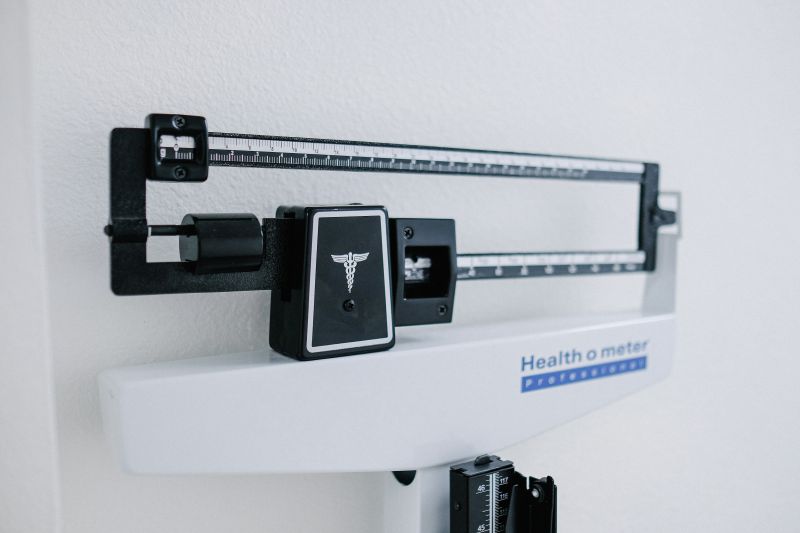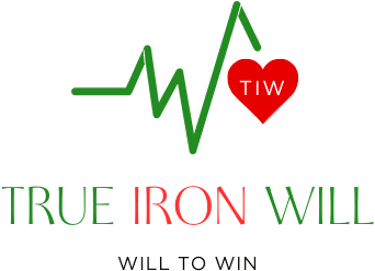The Rise of Chemical Weight Loss Treatments – At What Cost?
Will Loiseau
8/19/20251 min read


The rapid rise of experimental chemical weight loss treatments now being used by more than 15 million Americans raises serious concerns. While these treatments may suppress appetite and help with short-term weight loss, they often come with a hidden cost: muscle loss.
Age-related muscle decline (sarcopenia) is already a challenge for many adults. Losing muscle mass means more than just feeling weaker - it can reduce mobility, increase the risk of falls (1 in 4 adults over 65 experience one each year), and strip away confidence. Once a person falls, the risk of falling again doubles, leading to a dangerous cycle of injury and loss of independence.
Many underestimate how weak they’ve become on these treatments until it shows up in everyday life - when climbing stairs, carrying groceries, or simply keeping balance. Strong muscles aren’t optional; they’re essential for:
Protecting bones
Preventing falls
Supporting metabolic health
Extending healthspan and quality of life
As a Healthspan Optimization Strategist, I’ve seen how intensive lifestyle changes outperform experimental treatments - without the long list of side effects. My clients routinely see:
30–40% drops in cholesterol in weeks
Rapid body fat loss
Reduced insulin needs for type 2 diabetics in a matter of days
The truth is: lifestyle change works - and lasts. It’s also far more affordable than lifelong prescriptions.
Start Your Transformative Journey Today
© 2026 True Iron Will LLC. All Rights Reserved .
Mailing Address:
1317 Edgewater Drive #1297
Orlando, FL 32804
TrueIronWill1@gmail.com
